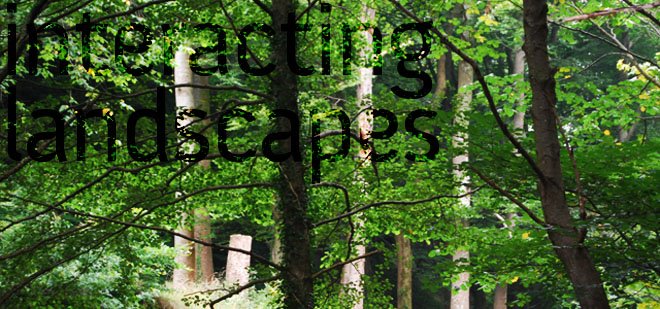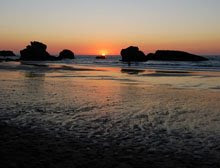Wednesday, October 31
Matthew Barney
At the serpentine gallery there is a exhibition on at the moment of Matthew Barney. I didn't quite know what to expect when I walked in. The exhibition has films, drawings and sculptures. I didn't really like the films (but I have to admit I didn't really give them a chance) . I did like some of the drawings, they reminded me of landforms and some were really simple. The sculptures were made from industrial materials such as petroleum jelly, expanded polystyrene and poly - carproactone thermoplastic. The 'Holographic Entry Point' (the photo above) reminded me of oil covered beach and the forms and shape made it interesting. I guess everyone experiences the exhibition differently and I went away feeling inspired in terms of drawing and landforms.
Tuesday, October 30
Climate change lecture - The Royal Society
Serpentine Pavilion

Took a last chance to see the Serpentine Pavilion in Hyde Park - designed by Olafur Eliasson (the guy who did the weather project at Tate Modern in 2003) and architect Kjetil Thorsen. The two has collaborated on a few projects in the past few years - the National Opera House in Oslo and they have recently submitted a competition proposal for the new Museum of Contemporary Art in Warsaw.
Olafur Eliasson has a laboratory for spatial research in Berlin, his work deals with the relationship between people and their surroundings. Kjetil Thorsen is co funder of architectural practice Snohetta.


At first I didn't think it looked that great seeing from a distance, but as I got closer I started to really like it. It was just before 5 o'clock and it was starting to get dark, it was a beautiful light to see the pavilion in between daylight and nighttime. The yellowness of the leaves contrasted the bronzy colour of the pavilion.
The pavilion is a timberclad structure with levels in contrast traditional single level pavilions. You can walk up and around the building and then view the surrounding park and into the dome. When I was there there were some kids running up and down the pavilion and it was interesting to see how they responded to the building, bouncing off the walls and loving to run up to the top and down again. Also fascinated by the lights and the views, which are slightly interrupted by the vertical elements. On the way up they are the shape as in the photos below and on the way down they look like on the last photo below. It was interesting to see and I didn't realise it until I was walking back down again.
The Serpentine Pavilion is a beautiful building and it is a bit if shame it is going to be taken down. It plays with views, geometry and shapes. I really liked how it appealed to both adults and kids and I liked the fact that they let the kids run around it. It makes you realise things about the building that you might not have otherwise. If you got a chance to go and see it before the it is taken down on the 5th, I can highly recommend it.
Saturday, October 27
Rolling Bridge
ROLLING BRIDGE by Thomas Heatherwick
At the moment we are working on a site in Paddington Basin in front of the Marks and Spencer building. It is a challenging and interesting site. The landscape and the rolling bridge design was carried out in 2005.
The Bridge is very cool. It is a beautiful, steel and timber structure, who in its normal conventional condition still is just a bridge, but a very nice one. When you see it being rolled up it becomes more. It is a kind of organic structure and the finished oxtagon fits perfectecly on site. As it curls up the hydraulics rams makes the process very quite and smooth and actually very fast.
If anyone wants to go see it curl up, this happens every Friday at noon (unless it is too windy). I can recommend it! If not just to get some cool photos and I think it helps you take your design concept a bit further.
Sunday, October 7
Kingston Gateways
















